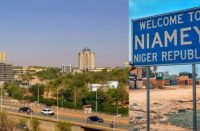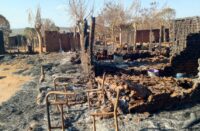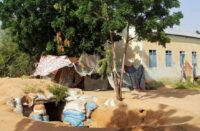Survivors relate horrific details of onslaught by Al Shabaab
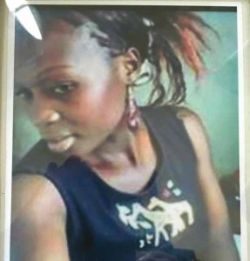
Separating out Christian students from Muslims, members of Somalia’s rebel Al Shabaab killed 148 people on Thursday (April 2) and wounded 104 at Garissa University College in northeastern Kenya, sources said. The gunmen first targeted a chapel service where Christians had gathered for prayer at 5 a.m., area church leaders told Morning Star News.
The assailants sprayed them with bullets, killing 22 students. A female student and member of the East Africa Pentecostal Church (EAPC) lay in a pool of blood among the bodies, feigning death.
“One terrorist picked up a call from a phone on a dead body close by, and he said that they were continuing to kill their children, and that they need to know that Garissa is for Muslims only,” Millicent Murugi told a Morning Star News source.
Those killed at the chapel were five members of the EAPC, six Roman Catholics, five Anglicans, four members of the Africa Inland Church, church leaders said. The church affiliation of two others has not been established, they said.
Another Christian survivor, Esther Kawira of the EAPC, verified statements that the assailants targeted Christians.
“Bullets missed me narrowly as I fled for my life while the terrorists were separating Muslims from non-Muslims before gunning down the Christians,” she told a Morning Star News source.
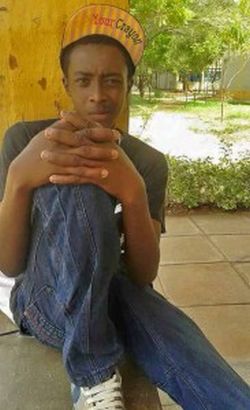
Family and friends who lost loved ones wept as they gathered in Chiromo Mortuary in Nairobi to identify and receive bodies. On Tuesday (April 7), hundreds of mourners gathered at Nairobi’s Uhuru Park, placing 147 crosses into the ground. A later tally said 148 had been killed besides four assailants; the onslaught reportedly took the lives of 142 students, three security officers and three university security personnel.
#147notjustanumber
Kenyans created the hashtag #147notjustanumber to share photos and comments about the victims on Twitter.
“We need to talk about the bright futures cut short,” said vigil organizer Boniface Mwangi, according to CNN. “Today’s meeting will be a calling to say, ‘We need to remember the 147; they are not just a number.’ We are trying to avoid remembering these people as just a number.”
On Saturday (April 4), several students were rescued inside a university building as they hid above a ceiling, a church leader told Morning Star News.
Representatives of Al Shabaab, which has ties to Al Qaeda, said the attacks came in retaliation for Kenya’s involvement in helping the Somali government fight the Al Shabaab insurgency. The rebels also oppose education for women.
Al Shabaab militiamen or their sympathizers have carried out several attacks on Kenyan soil the past two years; it took responsibility for killing four Christians on March 17 in Wajir, and another on March 15 in Mandera, in northeastern Kenya.
The Garissa attack caused greater loss of life than Al Shabaab’s assault on the Westgate Shopping Mall on Sept. 21, 2013, which killed at least 67 people, with dozens still unaccounted for. The assailants killed those they could identify as non-Muslims.
The Muslim population of Kenya is about 8 percent, according to Operation World.
In 2011 Kenya joined African Union forces battling the Al Shabaab insurgents after a series of Somali attacks on tourists and other targets in northern Kenya, and since then Al Shabaab has carried out several retaliatory attacks on Kenyan soil.
Airstrikes on Monday (April 6) against Al-Shabaab training camps in Somalia were reportedly part of ongoing operations and not in retribution for last week’s attack in Garissa.
Kenya’s Interior Ministry has identified Mohamed Mohamud, a senior Al Shabaab leader, as the organizer of the attack and has offered a reward of 20 million Kenyan shillings (US$215,000) for information leading to his capture. Mohamud reportedly heads up external operations against Kenya and commands a border militia.
Also involved in the attacks, authorities said, is Abdirahim Abdullahi, a Kenyan-Somali and the son of a government chief in Mandera in northern Kenya.


